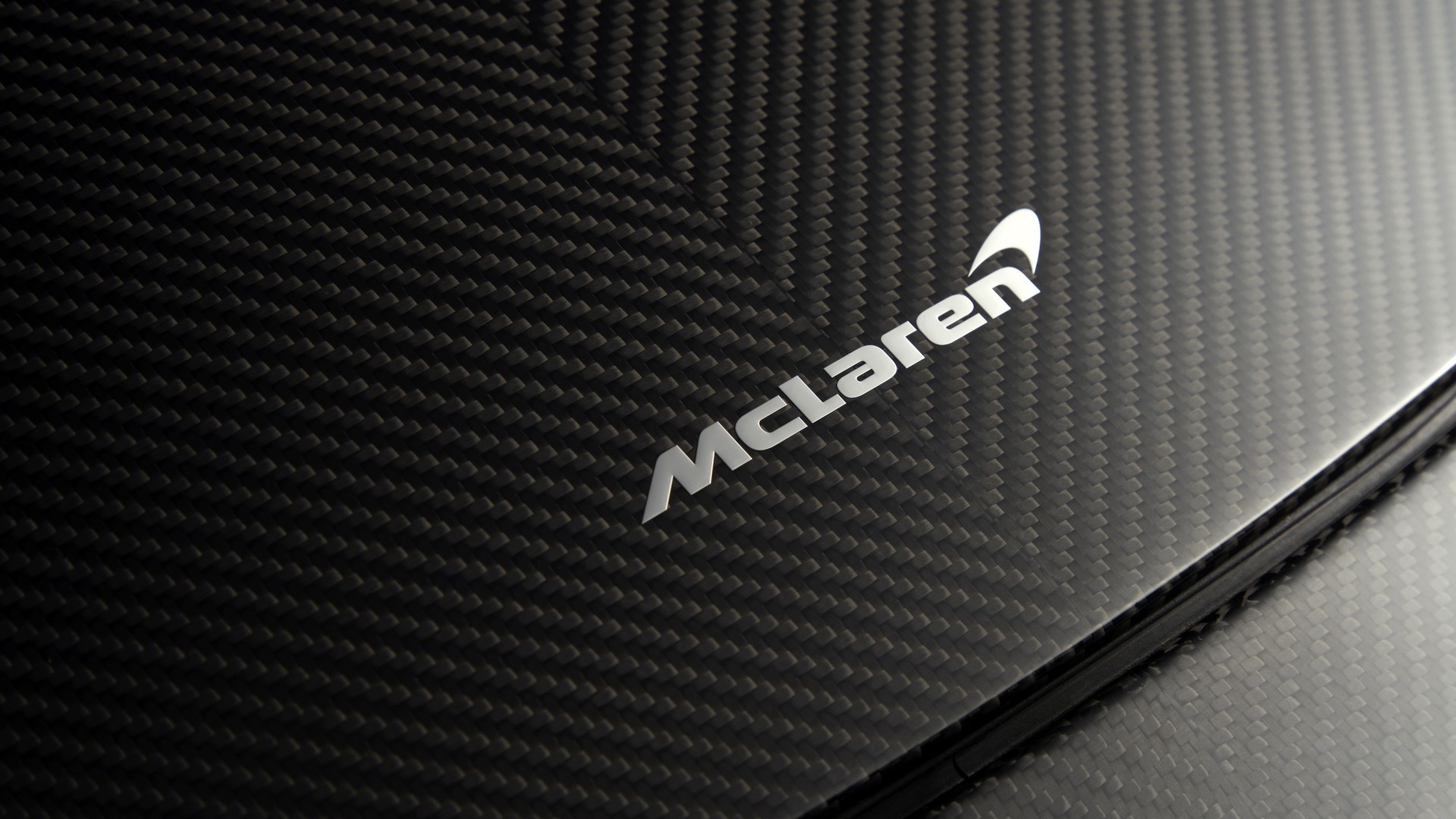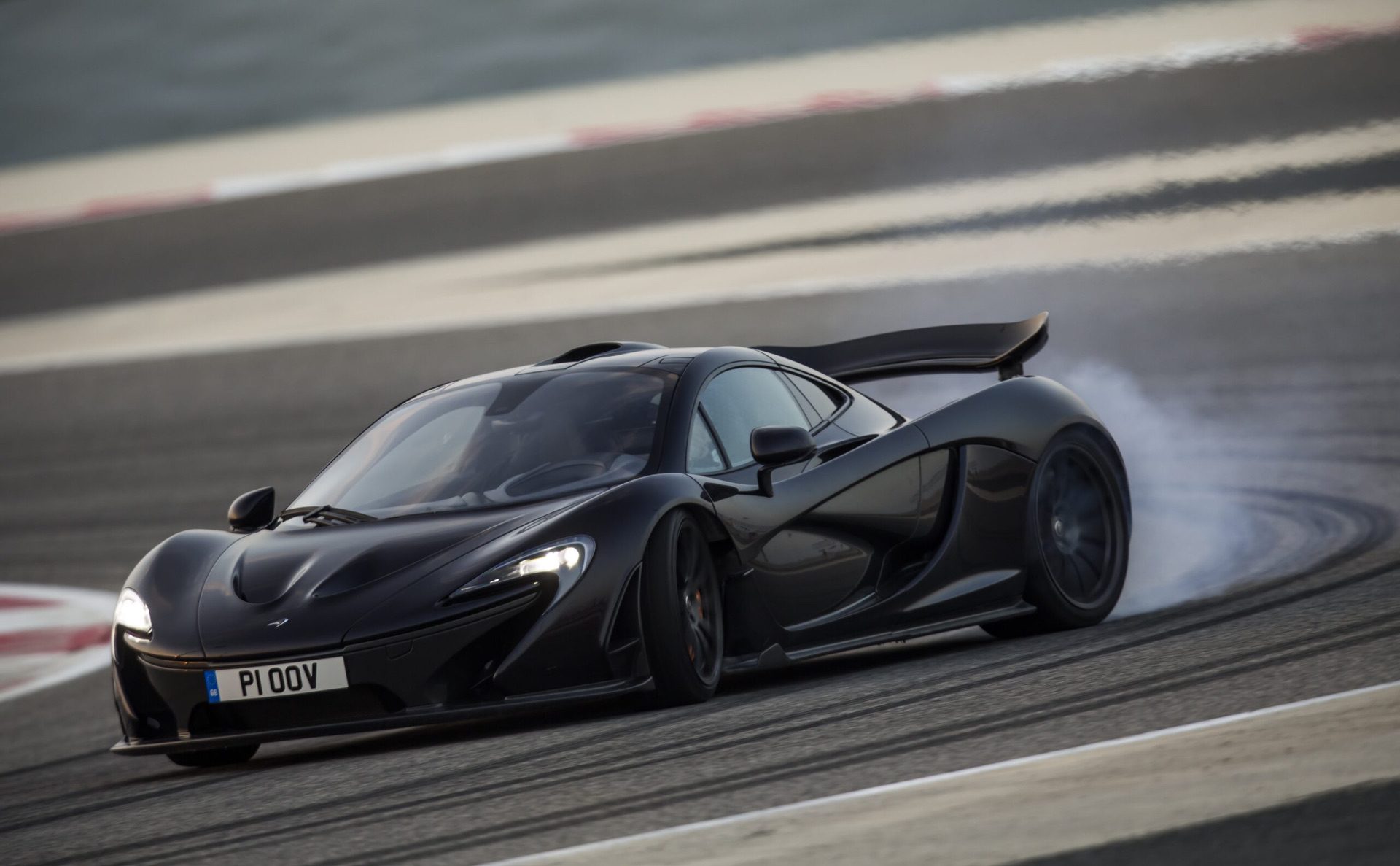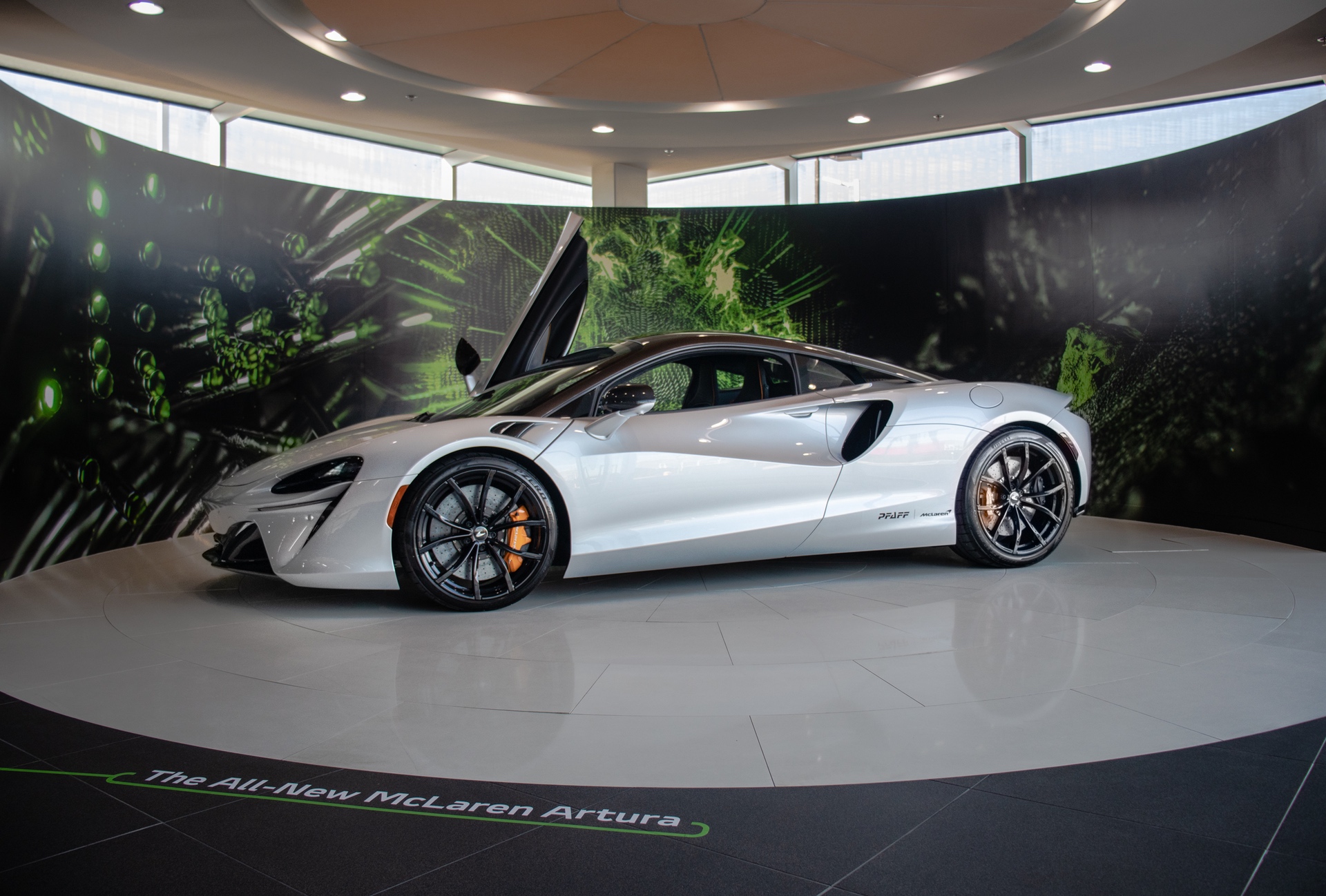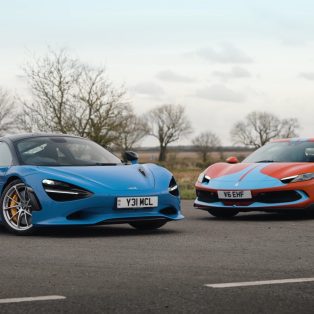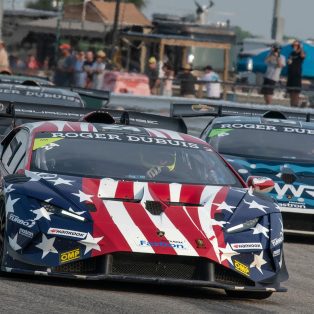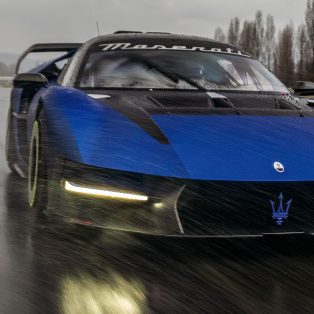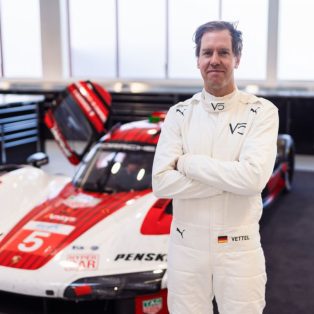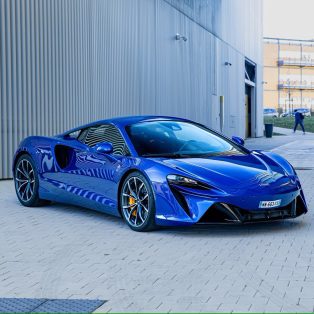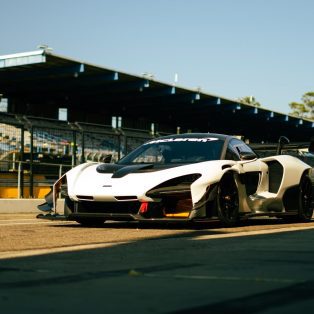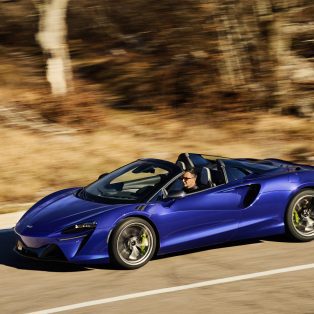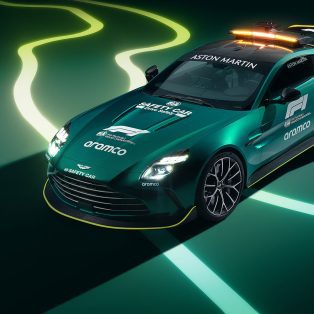It might surprise you to know that McLaren Automotive, as an entity, has only been around for 12 years. While the first car that was produced by McLaren was the F1 back in 1992–1993, that was released under a division of the company proper that was simply named McLaren Cars. In fact, between 1994 and 2010, McLaren Cars was registered with the government of the UK as a dormant company.
It was dormant still when the Mercedes-Mclaren SLR was made, as that was technically a Mercedes-Benz. However, working on the SLR made some of the higher-ups at the company begin to think that maybe there was a place in the market for a supercar, or even multiple models of supercars, from the company that made the F1. There was really only one way to find out.
The Formation of McLaren Automotive
In 2009, McLaren was known, officially, as McLaren Racing, operating under the investment holding company McLaren Group in the UK. Ron Dennis, CEO, team principal, and majority owner for almost 30 years, had just stepped down from running the company, handing the reins over to new CEO Martin Whitmarsh. In Formula One, McLaren had just parted ways with Mercedes as their engine supplier, as Mercedes was wanting to form their own F1 team.
As such, started by Ron Dennis but overseen by Martin Whitmarsh, McLaren Automotive was spun off from McLaren Racing to begin work on the successor to the F1, the McLaren P1 Hypercar. Originally, that was all that the company was going to do under Dennis’ plan, but Whitmarsh saw opportunities aplenty. While the P1 was definitely the focus of most of the engineers and designers, the order came down to create a car that would be the most aerodynamic, the most comfortable, and the most exciting new supercar from Britain in 2010.
Originally a secret project with only a few people assigned to it in 2007, Project 12C began in earnest while McLaren Automotive was still forming, with a new engineer, designer, or specialist joining almost daily as they were either hired or shuffled in from another department. A new area of the McLaren Technology Center (MTC) known as the McLaren Production Center was built at a cost of £50 million (approximately $60 million) to both house the new company as well as be the primary production facility.
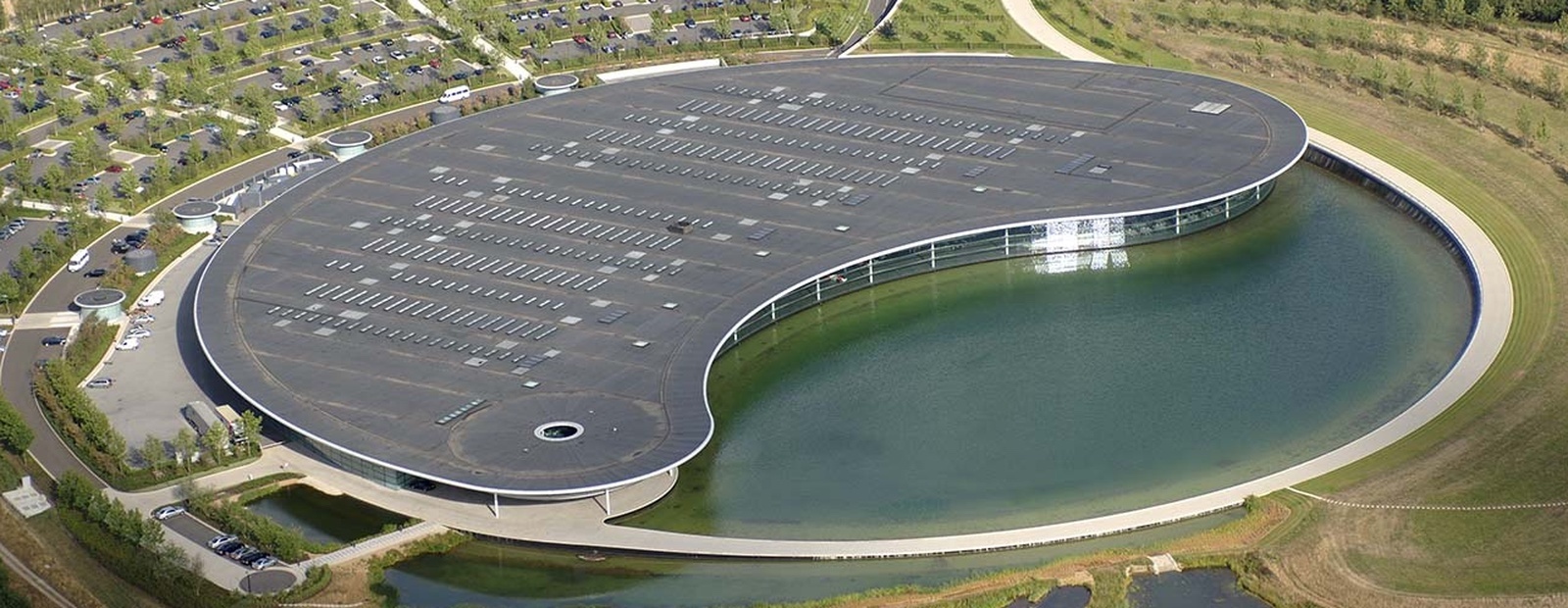
After filing all the legal paperwork and paying the requisite taxes and fees, McLaren Automotive was officially finalized and got their stamp of approval in 2010. Around the same time that the company was finalized, Project 12C became the McLaren MP4-12C, a 2011 model year coupe supercar with a body designed using computer simulations and wind tunnel data, plus an engine designed and built entirely in-house.
The production side of McLaren Automotive started soon after, announcing the MP4-12C as available for orders starting in August 2010. The company at this point had about 600 to 700 people working in all departments, most on-site at the MTC. The newest British automotive manufacturer had arrived.
A Decade of Progress: How McLaren Surged into the Supercar Market
As any startup business owner knows, breaking into an established market is not listed in the “easy to achieve” part of life. It is twice as hard to break into a saturated market, and exponentially harder to make specialist products for that market. There are two approaches that might make it work, but both carry large quantities of risk. The first is to seek out partnerships, network, and collaborate until you have established your name in the market.
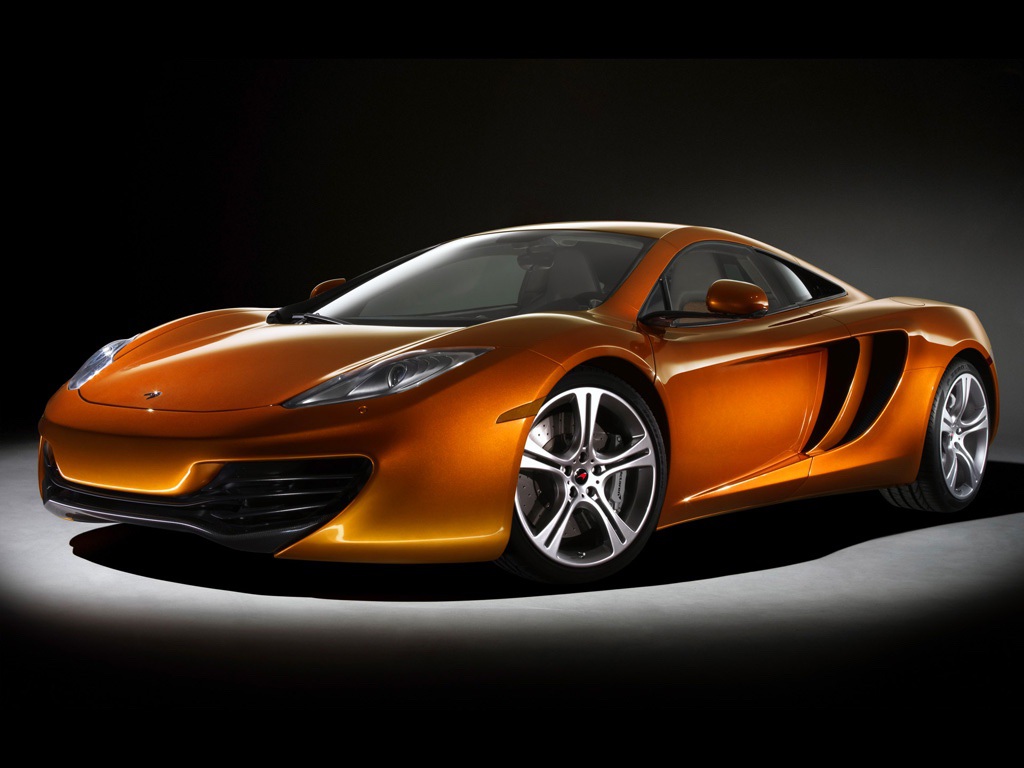
The other approach, and the one that McLaren followed when entering the supercar market, is to take a big sledgehammer and smash it down between all the big names, and once they’re all looking at you like you’re crazy, politely introduce yourself. The MP4-12C was that sledgehammer, and it came to market against one of the most popular Ferrari’s of recent years, the 458 Italia.
In every scientifically measurable way, the 12C was the superior car. It had more power, braked harder, held more lateral G on a skidpad, and it was even priced to compete, matching the Ferrari’s MSRP of $239,499 in 2011.
The 12C was also more neutral, smoothing out bumps and ridges in the road to make it a surprisingly comfortable supercar, although it would still shake and rattle if you pushed it hard enough on a bad road. The decision making process shifted from “Which Ferrari should I get?” to “Which of these two suits my tastes better?”
The 458 Italia was from an established marque, had pedigree and history behind it, and was the more temperamental car, which is what some people call “Italian passion.” The 12C, on the other hand, was a car designed and built by a Formula One racing team, from the same company that made the superb F1, and who were teasing a hypercar the moment they opened up shop. They may not have been established, but damn if they didn’t have the pedigree.
As a result, the 12C, in both its 2011 Coupe and 2012 Spider forms, was a sales success. It showed that McLaren weren’t just waving a flag about yelling “Look at me!” Instead, it showed that, with the investment in a brand new production facility, the high build quality, and exceptional performance of their first car, McLaren was here to fight. Considering that the 12C was their opening jab, the next car was their uppercut.
In 2013, after years of development as the successor to the inimitable F1, the McLaren P1 was unleashed upon the world. Limited to 375 units, and a car you had to be invited to buy, it took the 3.8L twin turbo V8 from the 12C, dialed it up to 727 HP from 592 HP, and then slapped a performance hybrid system on it as a transaxle, with 177 HP available.
This produced 903 HP total, in a car that weighed about the same as a modern day Honda Civic, and which accelerated from 0 to 140 MPH in the same time it took that Civic to hit 60 MPH from a standstill.
The P1 was released at about the same time as both Porsche and Ferrari also released their own high-performance hybrid supercars, and the McLaren became one third of what is known as the Holy Trinity of Hypercars. Not bad for a company barely 3 years old with their second ever production car.
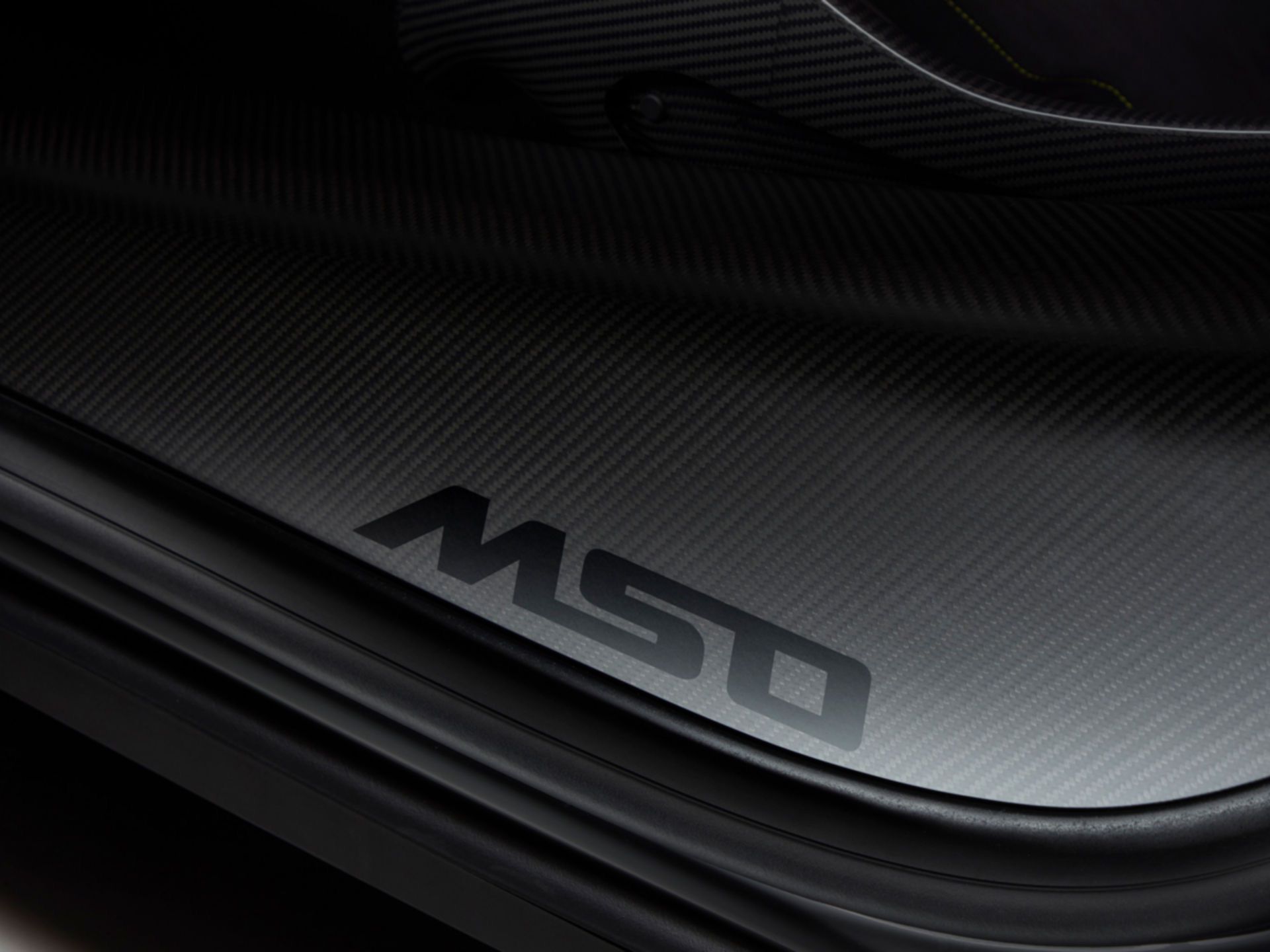
Another part of McLaren’s sledgehammer approach to breaking into the supercar market was established, but kept quietly low key, when the Automotive company formed. It emerged from the Customer Care Services Team, a small department of highly-trained mechanics and technicians that were there to service, maintain, and repair the F1 whenever an owner contacted them.
This little department morphed to become MSO, also known as McLaren Special Operations. Both the skunkworks and the bespoke department, they were responsible for every special edition car and almost every Ultimate Series car that came from the MTC.
This was crucial for the McLaren business model of producing one new car or variant per fiscal year, as MSO helped design the replacement for the 12C, the McLaren 650S. A refinement of the 12C, the new car had completely reworked suspension geometry to smooth out the 12C’s firm suspension without sacrificing any of the performance driving prowess the car had. Because MSO helped design it, they also knew exactly where to modify it to make one of the first bespoke models, the 675LT (Long Tail).
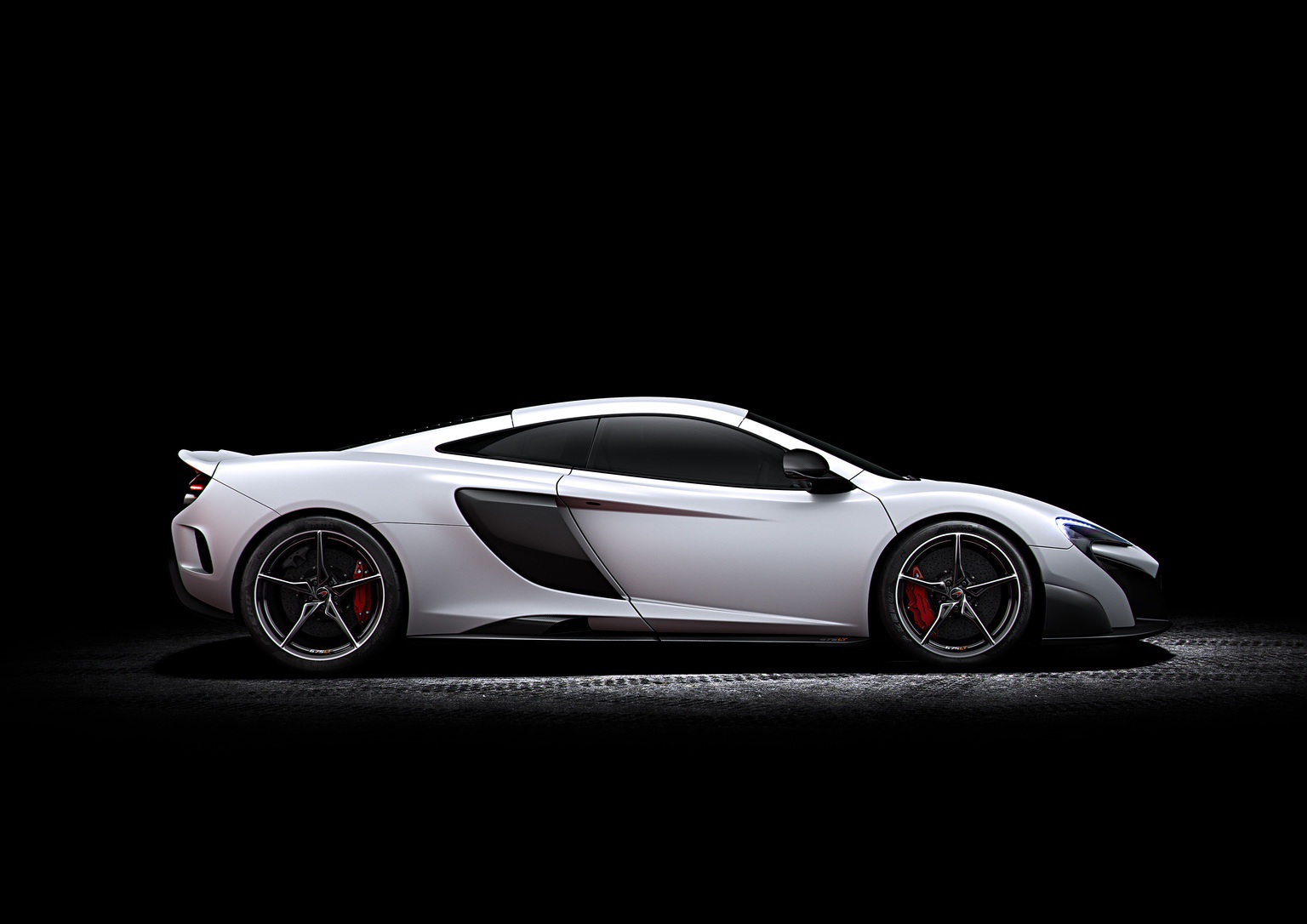
To say that the idea of a “base” model car and then an MSO special edition to follow it was a hit with McLaren owners is akin to saying that it rains often in the UK. Every single MSO special edition has sold out within days (sometimes within hours) of being announced as ready for orders, and this one helped drive home to all the other supercar makers that McLaren was here to stay.
Other models, such as the entry-level McLaren 570S, its MSO variant the McLaren 600LT, and the replacement for the 650S, the McLaren 720S followed, still meeting the one-new-car-a-year plan. MSO also developed some spectacular variants, such as the McLaren Senna, a hardcore track-focused version of the 720S, the McLaren Speedtail, a performance hybrid hyperrcar also based on the 720S, and the McLaren Elva, a special edition open top supercar done in partnership with the Formula One side of the company.
It’s an incredible progression—from the sledgehammer that was the 12C in 2011 to producing two hypercars, three mainstream cars, an entry level car, and showing no signs of slowing down. McLaren had surged into the market and planted their flag, and even as the electric and bio-fuel future looms, they are right there at the forefront.
The Performance Hybrid Future of McLaren
The latest car to come from the MTC is the McLaren Artura, which is a marked departure from previous production cars for McLaren. It is the first car from the brand that uses a V6 as its engine, as well as being the halo car for an all-new composite design from the Formula One side of the company being used in road car production. It is also the third car in the McLaren lineup to use a performance hybrid powertrain, but the first to offer it on a “mainstream” series car.
The engine is an all-new 3.0L twin turbo V6 called the M630, which produces 577 HP on its own. That is combined with a 94 HP electric transaxle motor, for a combined total of 671 HP.
Part of the revolutionary design of the M630 engine is in its layout, which is known as a “hot-vee” design. The V of the engine is at 120 degrees, the first production V6 built that way, and the twin turbochargers are located between the banks of the engine. This brings the turbos as close to the exhaust ports as possible, improving response and efficiency, as well as making the engine more compact to fit in the back of the Artura with room to spare.
What is more impressive about the Artura, however, is the very material it is made out of. Called the McLaren Carbon Lightweight Architecture, or MCLA, the new composite combines a new, stronger weave of carbon-fiber with carbon-composite materials to produce a monocoque chassis that weighs less than 100 kg (220 lbs) when it reaches the start of the production line.
In case any potential buyers were worried about the strength of the material, it is the same style of carbon-fiber and carbon-composites that are used to build the McLaren Formula One race cars, one of the first direct motorsports-to-road-car translations of materials instead of powertrain components.
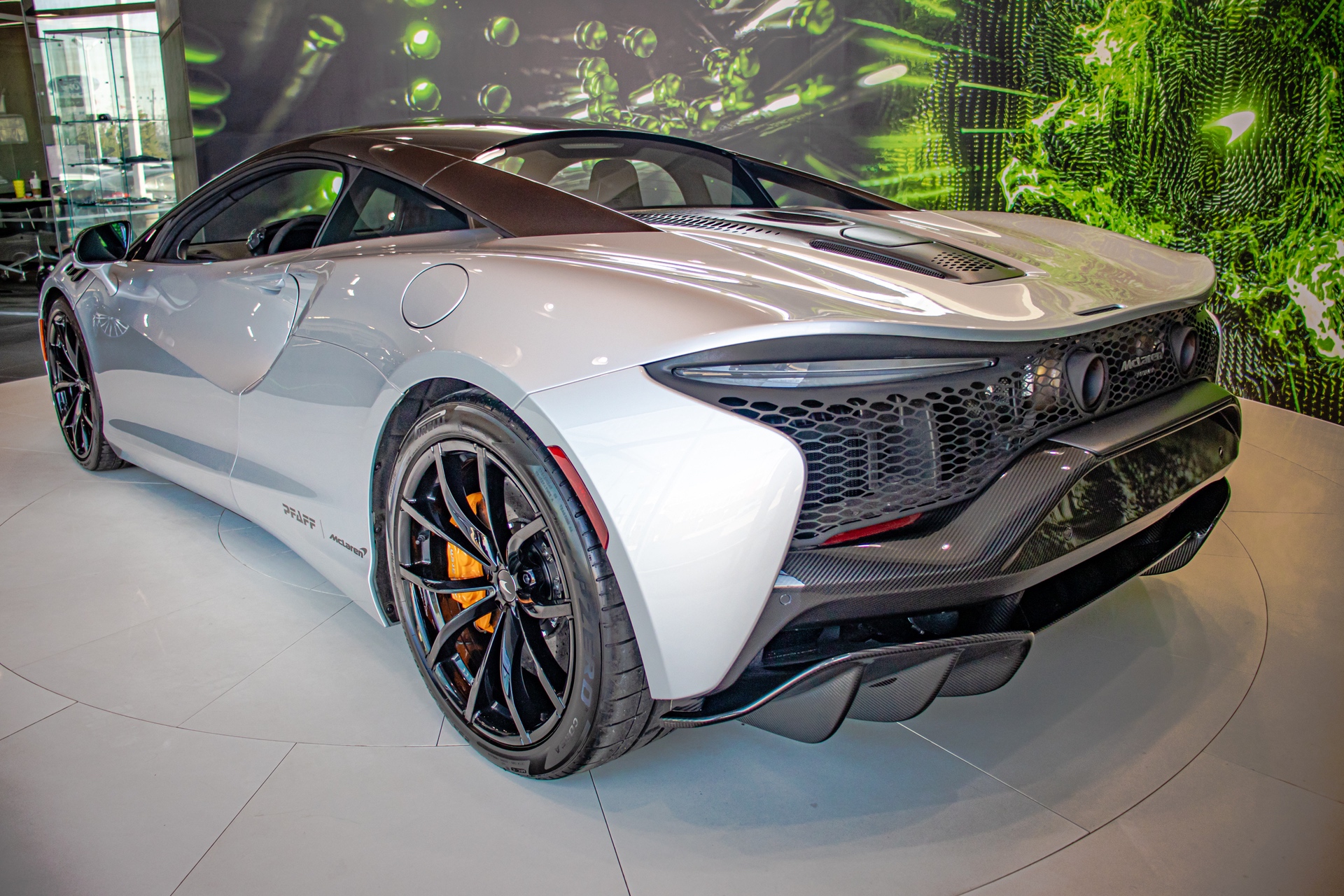
McLaren themselves call the Artura “the pure distillation of the P1 and Speedtail into a sports series McLaren” in terms of the powertrain, and a “revolution in automotive material technology” with MCLA being the backbone of the car. What we can say is that if the Artura is a sign of things to come, McLaren might just have a mallet tucked in its belt after the sledgehammering it gave the supercar market in the past decade.





